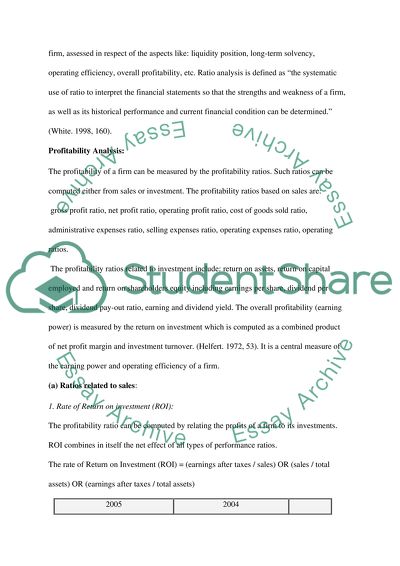Cite this document
(“Financial performance report on queenstake Resources ltd Essay”, n.d.)
Retrieved from https://studentshare.org/finance-accounting/1537860-financial-performance-report-on-queenstake-resources-ltd
Retrieved from https://studentshare.org/finance-accounting/1537860-financial-performance-report-on-queenstake-resources-ltd
(Financial Performance Report on Queenstake Resources Ltd Essay)
https://studentshare.org/finance-accounting/1537860-financial-performance-report-on-queenstake-resources-ltd.
https://studentshare.org/finance-accounting/1537860-financial-performance-report-on-queenstake-resources-ltd.
“Financial Performance Report on Queenstake Resources Ltd Essay”, n.d. https://studentshare.org/finance-accounting/1537860-financial-performance-report-on-queenstake-resources-ltd.


